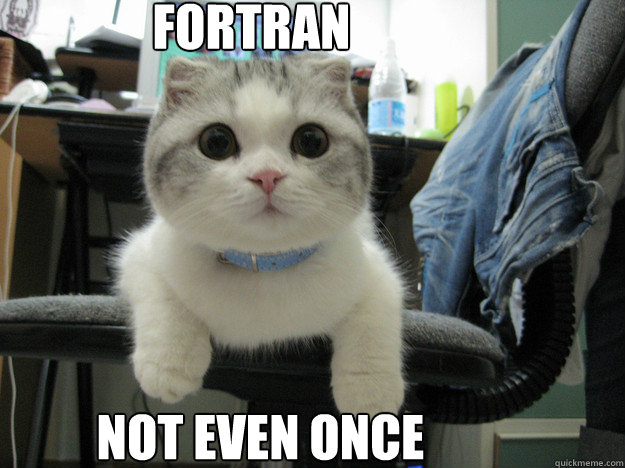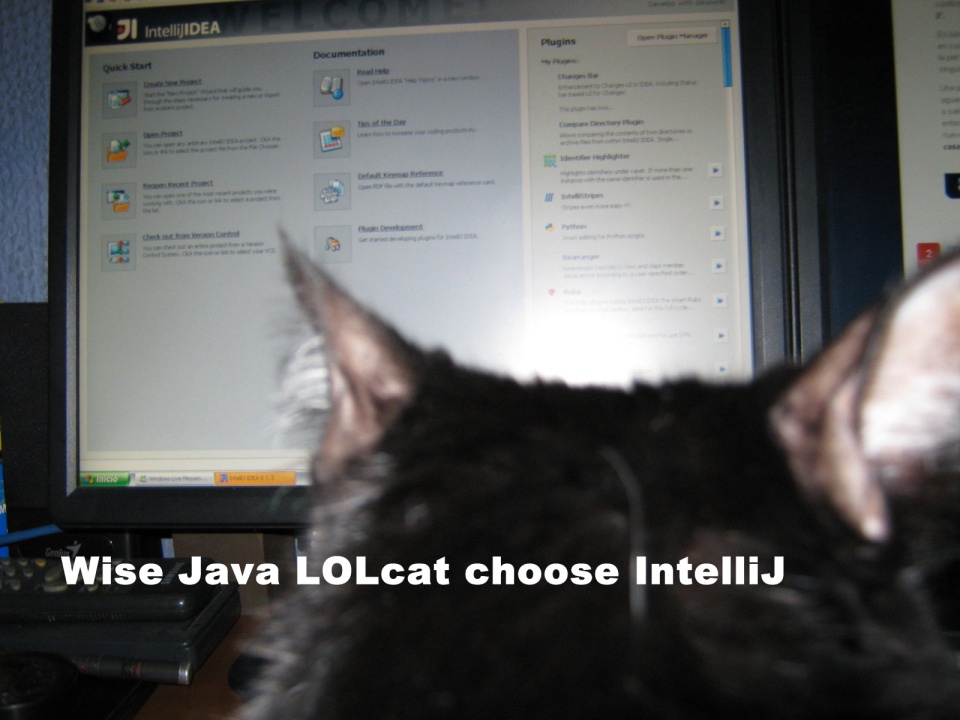In Part V, we noted that since we discussed Basware last in 2014 — where we covered their invoice and payment plan capability, their Basware Commerce Network (BCN), supplier/buyer portal, and their analytics offering — Basware has continued development in each of these areas and their invoice, spend analytics, and payment plan capabilities are quite powerful. But this is not all Basware has to offer.
Their standard e-Procurement capability is also very competitive, and, while you can’t claim to have e-Procurement without good requisition and PO management, Basware does have this down pat. Requisitions can come from every corner of their platform — RFx, forms, catalogs, T&E, and the shopping cart. This allows all spend to be put through the requisition process. Also, approvals can take place through the platform, e-mail, or even a smart phone app, allowing an approver to review an urgent requisition at any time or any place, negating the excuse “there wasn’t time for an approval”.
Once a requisition was approved, POs can be created from scratch, a blanket order, an approved purchase plan or saved shopping cart, and flipped from a requisition. The PO can be entirely processed in the Basware system, with complete history tracking and audit trails, and distributed to the supplier using e-mail, the supplier portal, EDI, or the BCN.
In addition to great invoice management, the system also has great p-Card management. The buying organization can integrate the platform with their p-Card provider, import the transactions, and automatically match the transactions on the monthly p-Card invoices with purchase orders and goods received. Once each transaction is matched with an associated, approved, business document, the invoice can be automatically approved and queued for payment. And if a transaction cannot be matched within a certain time window, the transaction can be flagged for manual review and brought to the front of the list for manual review.
The T&E capability, not yet covered, is also quite good. It goes beyond simple gathering, approval, and re-imbursement of travel and expense management and allows for the creation of entire travel plans for preliminary review, approval, and eventual claims. Rules can be set up so that if claims come in for approved expenses within a threshold (and with receipts for any amount above a threshold), the claim can be automatically paid, minus any advance. This is a very powerful capability. Once a plan is approved, if the employee sticks to the plan, the expense report doesn’t even have to be touched by human eyes. Good Procurement is only approving something once, and only looking at at something again if there is an issue. In addition, the solution can also integrate with banks and credit card companies and allow receipt amounts and claims to be automatically validated, especially if the expense is not on the corporate P-Card. Finally, the solution also collects all data required for tax authority reporting and tax authority claims (if the organization is entitled to reimbursement) as it implements VAT compliance for dozens of EU countries.
But perhaps the best capability is the Basware early payment discount management capability where it’s not only easy for buyers to manage an early payment option and a supplier to sign up, but for buyers to manage early payment discount campaigns when they first introduce, or re-introduce, early payment discounts. It’s set up on a e-mail marketing campaign system, which just about everyone understands.
There’s more, but for a much deeper dive into the platform, as well as a detailed SWOT analysis, check out the upcoming in-depth Spend Matters Pro [membership] series from the doctor, the revolutionary, and the prophet. This is one of the most in depth, most complete, and most accurate reviews you will find of this European juggernaut anywhere, and worth your time if you are looking for a truly global P2P platform.


